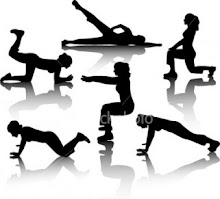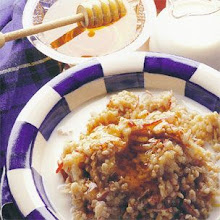
A couple of years ago when my husband took up running and decided to run the St. George Marathon, he wanted a training program to help him. Some friends were talking about a new book from Runner's World called Run Less, Run faster The First Training Program so we decided to give it a shot. I also used this program when I ran a half marathon last year. The theory is, running less means more energy when you do run, and less chance of injury. Also, running with a purpose. Specifically designed runs to promote speed.
What I liked about the book: First off, they have a chapter explaining their philosophy and why this training program is so effective. A quote directly from the book "The FIRST program makes running easier and more accessible, limits over training and burnout, and substantially cuts the risk of injury while producing faster race times." Sounds good to me. The plan? Three quality runs each week plus two cross training workouts. The three runs are divided into track repeats, a tempo run and the long run. They are designed to work together to improve endurance, lactate-threshold running pace and leg speed. Let me tell you, the track workouts are brutal and some of the tempo runs are tough too, but it works.
Included in the book is everything from novice training plans to How to Qualify for the Boston Marathon. Everything is individualized. Based on a 5k time you can calculate exactly what pace you should be doing all of your runs. Also, they have a brief chapter on nutrition and chapters on runner specific strength training, form and flexibility, injury and performance factors.
The bottom line: I could tell after just a few weeks this program was working. Most noticeably on the hills. The track workouts get your heart, lungs and muscles used to working at a higher pace. My recovery after a hill was greatly improved. I also ran a lot faster than I ever had previously and have never been able to repeat again since finishing the program. (I'm sure if I did the program again I would be able to build back up to the same pace.)
I liked the fact that you were only committed to running 3 days a week. I like variety and this program provides it. I felt more motivated and looked forward to my runs much more when I only had 3 runs a week.
The only caution I have through personal experience and experience of friends, not to devote all your energy (above what your body can handle) in too short of a time period for the training runs. This can deplete your body of stored energy and hinder muscle recovery, thus resulting in overtraining. By the time race day comes unfortunately you'll have used up all your body has to give and won't be able to perform your best. If you are going a lot faster than the prescribed times, maybe back off a little and gradually build up speed or better yet, save it for race day!
I would recommend this book to anyone from beginner to experienced runner. Whether you're just looking to mix up your workouts at the gym or want to take on a new fitness goal --like running a 1/2 or full marathon this book is bound to have some helpful information.
Sincerely,
The Fit Mamas






No comments:
Post a Comment